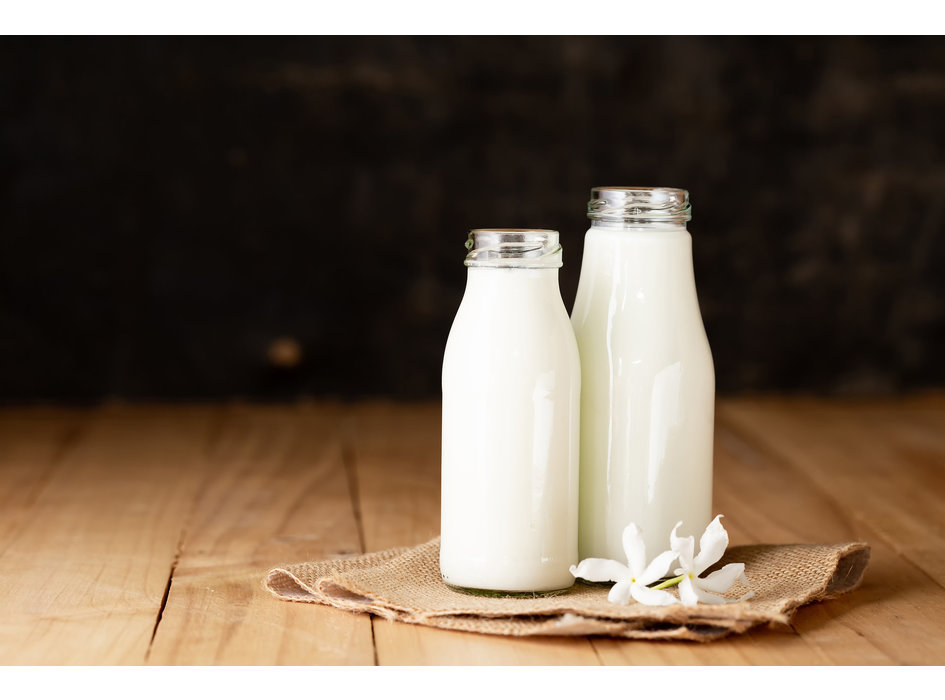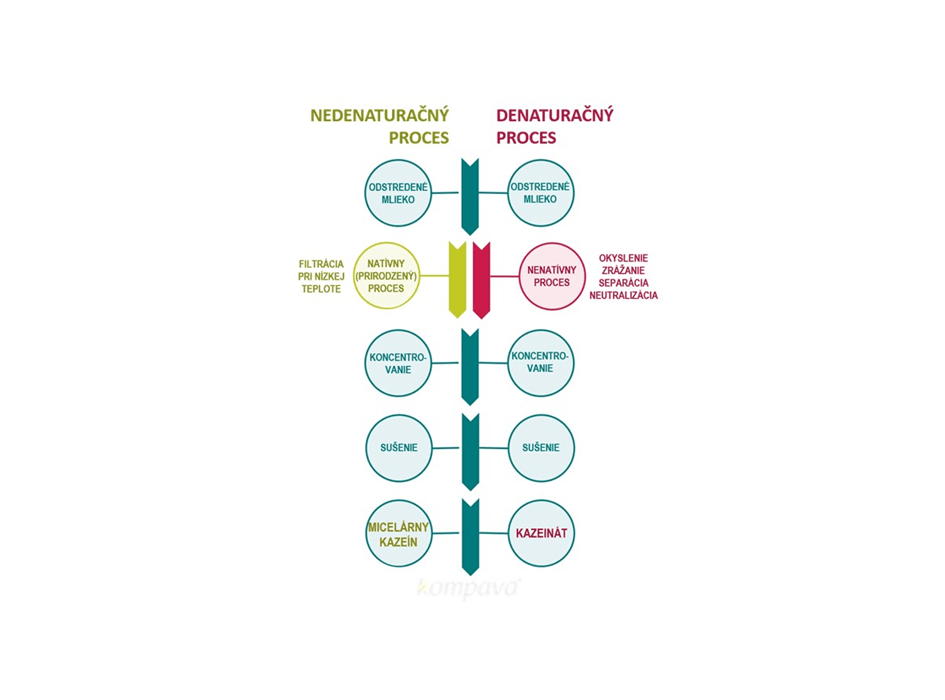Obsah
How to combat inappropriate animal husbandry methods?
The best way is to be a more responsible consumer: to consume products produced with respect for the environment and animal welfare!
In the case of milk, try to buy milk only from responsible breeders, farms and cooperatives, preferably local. Farmed cows should spend as much time as possible on grassland and should be provided with welfare. Thanks to that:
- the welfare of the kept animals is maintained;
- the milk is of the best possible quality;
- the carbon footprint is limited as the distance to transport milk is shortened;
- local milk production is strengthened and grasslands are preserved.
Breeders should be motivated to do so, among other things, by setting a minimum price for milk, or. bonus for its production from free range breeding.

Is the quality of milk from grass cows different from the quality of regular milk?
In addition to an environmentally responsible approach (natural, GMO-free) and free-range farming, it is also important to know that milk is a reflection of the diet of the cow that produced it. A 2019 study comparing the nutritional quality of milk from cows grazed freely with milk from regular farming revealed that the cow's diet had a direct effect on the fat profile of the milk.
Let's look at the results of the study - the milk of cows fed grass was characterized by the following characteristics:
- contained more polyunsaturated fatty acids and less saturated fatty acids - this is very good, because it is better to reduce the intake of saturated fatty acids in the diet in favor of unsaturated;
- contained less Omega-6 and more Omega-3 fatty acids - the human diet is generally too rich in Omega-6 and poor in Omega-3, so there is great interest in such milk;
- contained more conjugated linoleic acid (CLA), whose molecules have a positive effect on health - they stimulate the immune system, reduce the risk of cancer and type II diabetes, they can stimulate metabolism, which increases energy expenditure.3
A study by the Chamber of Agriculture in Brittany from 2006-2008 shows the same results - as we can see in Figure no. 1. 4

Picture no. 1: Development of milk composition (polyunsaturated fatty acids, CLA, ratio of Omega-6 and Omega-3) when fed grass.
Organic milk of the highest quality from cow breeding on grass with high nutritional value is also found in the milk components of Kompava products.
Why choose protein products from Kompava?
The first important factor is the quality of raw materials. Not all products in the global dairy industry come directly from milk. Some come from by-products of other industries.
For example, whey from cheese production can be used - however, the proteins of this whey are usually broken down by various thermal or chemical processes and treatments that can be performed during cheese production. And if the protein is denatured, it may lose some of its bioactive properties.
This is not the case with the milk components of Kompava products (native whey proteins, micellar casein, dessert) - the raw material for their production is milk, thanks to which the components are native and do not decompose.
In picture no. 2 we see two types of caseins:
1. Micellar casein - is obtained by membrane filtration, so that the proteins in it are not denatured and retain their native structure;
2. Caseinate - obtained by a denaturing chemical process.5

Picture no. 2: Two processes for obtaining caseins from skim milk.
In order to preserve the properties of casein, Kompava prefers micellar casein obtained by membrane filtration, a non-denaturing physical process.

RESOURCES:
[1] IFOP, “Les Français et la condition animale,” IFOP, accessed September 28, 2020, https://www.ifop.com/publication/les-francais-et-la-condition-animale/.
[2] Mohammad Alothman et al., “The ‘Grass-Fed’ Milk Story: Understanding the Impact of Pasture Feeding on the Composition and Quality of Bovine Milk,” Foods 8, no. 8 (August 2019): 350, https://doi.org/10.3390/foods8080350.
[3] Bo Yang et al., “Review of the Roles of Conjugated Linoleic Acid in Health and Disease,” Journal of Functional Foods 15 (May 1, 2015): 314–25, https://doi.org/10.1016/j.jff.2015.03.050.
[4] Chambre d’agriculture de Bretagne, “Matière Grasse du lait : l’herbe améliore la qualité nutritionnelle des laits,” May 2009, 2.
[5] “La Caséine Micellaire,” Prodiet Fluid – la caséine micellaire dédiée aux boissons hyperprotéinées (blog), accessed September 28, 2020, https://www.prodiet-fluid.fr/la-caseine-micellaire/.

